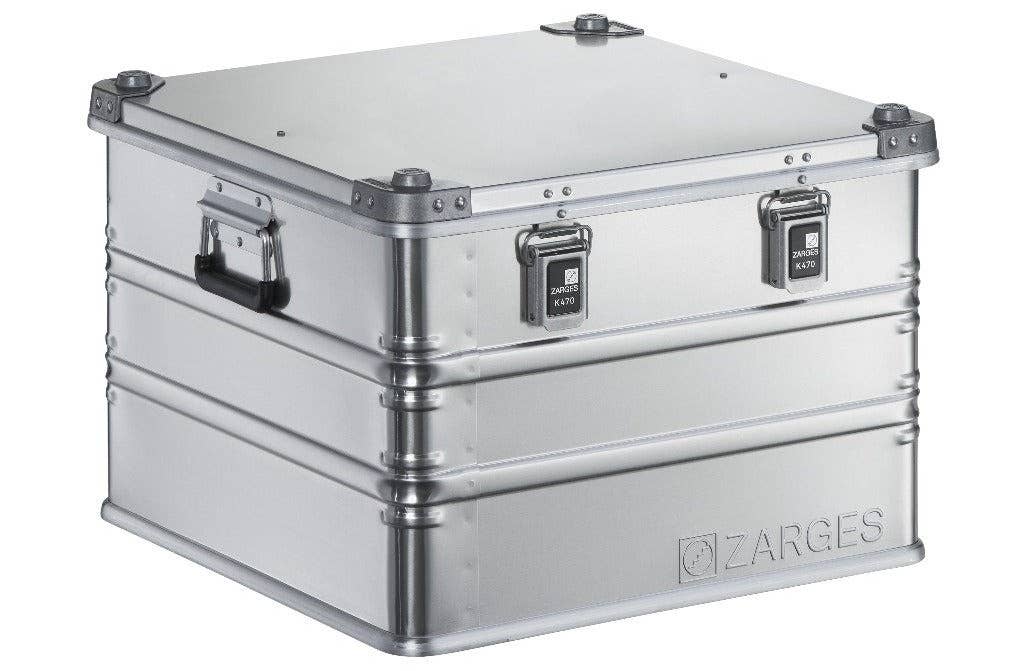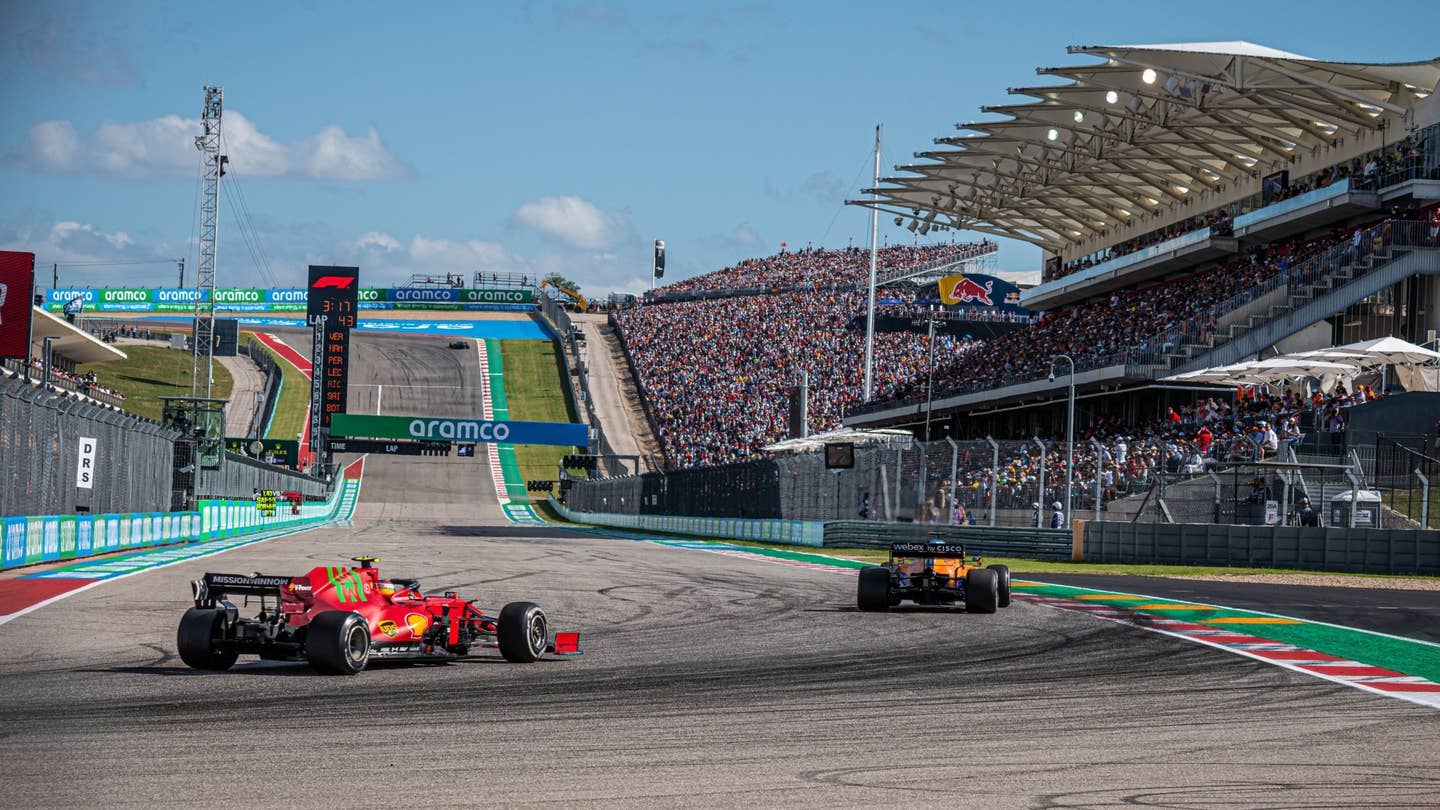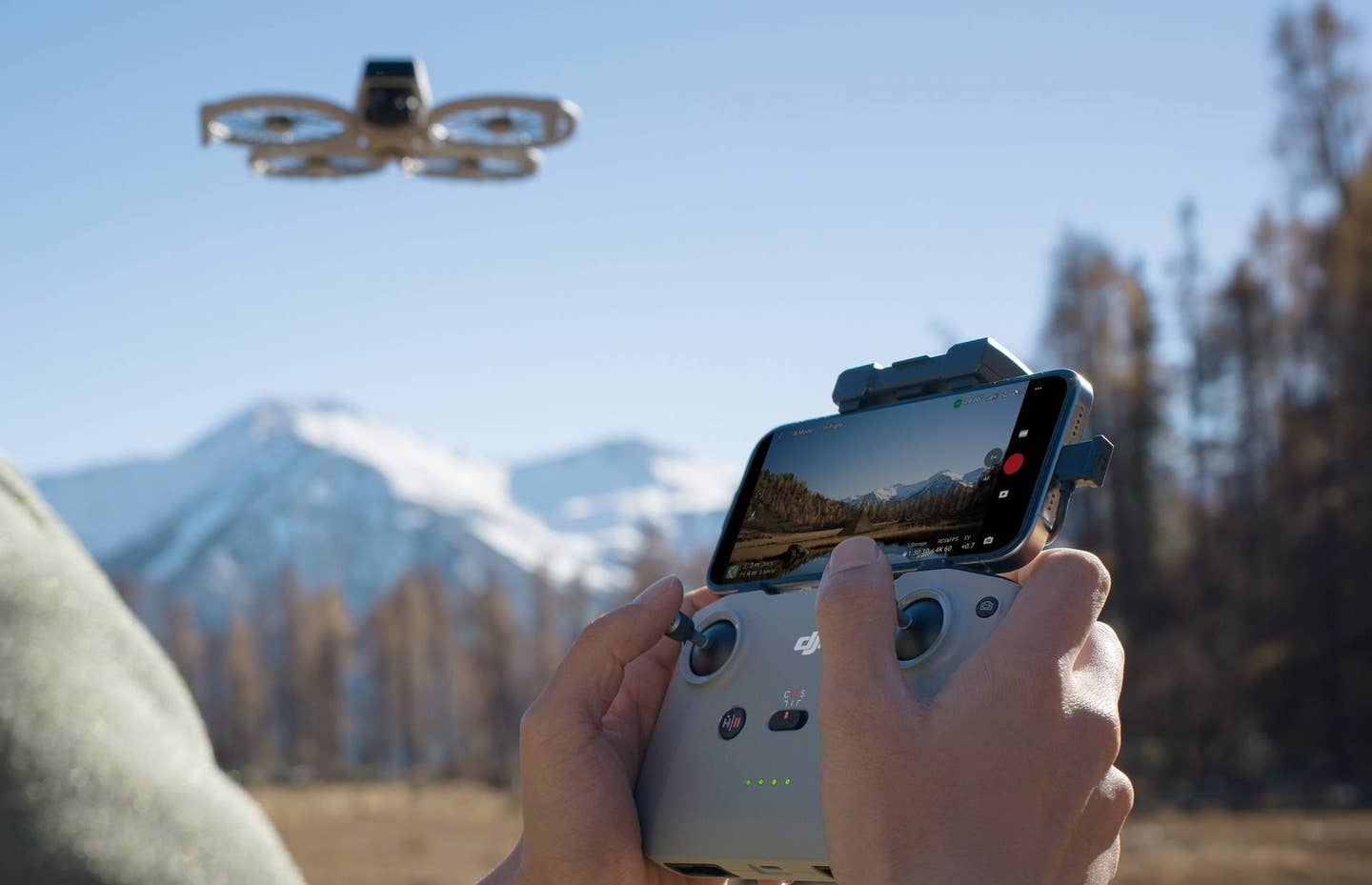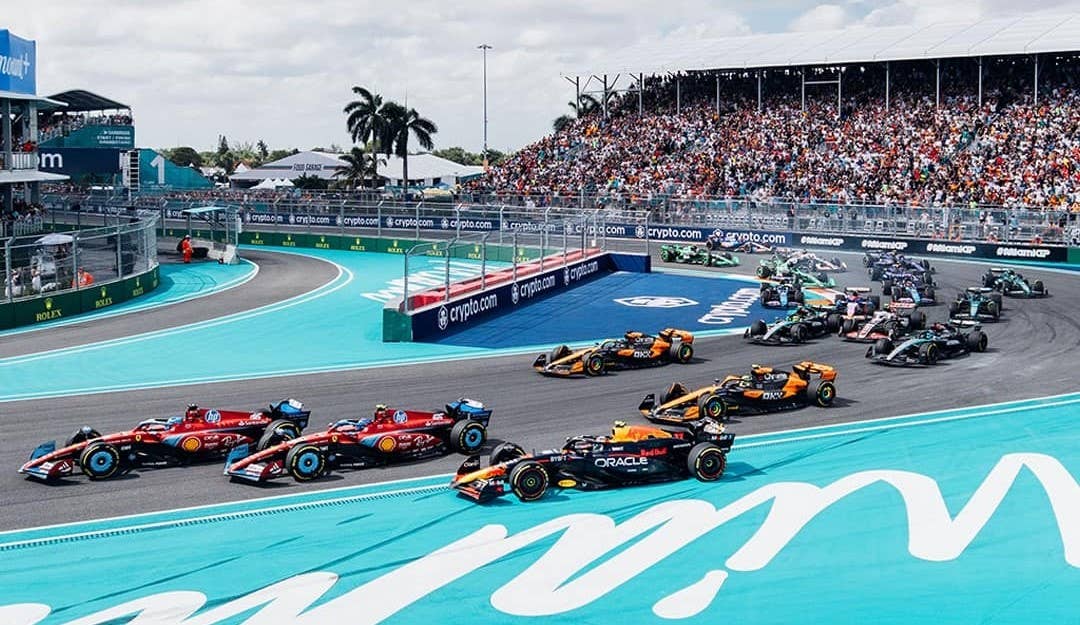
What is the best light sport aircraft for you? [File Photo: Adobe Stock]
Whether you’re a newer pilot looking for a streamlined path into aviation or an experienced pilot who wants to get back to the stick-and-rudder basics of flight, light sport aircraft (LSAs) can be an affordable and fun pathway to aircraft ownership.
These aircraft come in the form of both E-LSAs (experimental, usually owner built from plans) and S-LSAs (manufacturer built). As such, options exist both for pilots looking to jump into the cockpit now, as well as for those who want the experience of building their own plane from the ground up—and likely save some money while they’re at it.
Because these airplanes are restricted in size, speed, and passenger count, pilots are allowed to fly these machines through a simpler certification process by pursuing a sport pilot certificate rather than a private pilot certificate. This translates to lower training costs, if the goal is simply to get into the skies. Of course, that doesn’t mean LSAs are for sport pilots only. Many LSAs come equipped to fly in IMC, for example, and many a career pilot has an LSA of one sort or another waiting in the hangar for them at the local airport.
5 Light Sport Aircraft Options
Considering the mission is key when selecting a light sport aircraft to purchase. While LSAs are limited to two seats and must fly no faster than 120 knots, for instance, each option comes with its own flight characteristics, instrumentation configurations, efficiency, comfort, and so forth. Some might be ideal for long cross-country flights, while others are designed more with snappy maneuverability. Others prioritize cost considerations while still more feature a plethora of bells and whistles. So, know your priorities, and with your checklist of “musts” in hand, join us as we explore a few great options among the LSAs on the new and used market.
Evektor Harmony
Born in the Czech Republic, the Evektor Harmony is a very flexible platform with three engine options, a corrosion-resistant design, and the possibility to be fully IFR-ready from the factory. The Evektor Harmony can come with either a Rotax 912 ULS/S, 914 UL Turbo, or 912iS Sport, and is capable of traveling up to 750 nm depending on which one you go with.
Recommended for: Instrument-rated pilots
Engine options: Rotax 912 ULS/S, Rotax 914 UL Turbo, and Rotax 912iS Sport
Useful Load: 634 pounds
Top speed: 115 knots, 130 knots, or 115 knots, depending on engine choice
Range with full fuel: 700 nm, 600 nm, and 750 nm, depending on engine choice
Climb rate: 900 feet/minute and 1,250 feet/minute, depending on engine choice
Special features:
- Glass Garmin or Dynon panel options
- Corrosion-resistant anodised all-metal airframe
- SL version available as an E-LSA 200-hour quick-build kit
Advantages:
- Low operating costs
- Easy maintenance
- Spacious cockpit
Disadvantages:
- Can be hard to find on the used market, and only limited production capacity for new examples
Price range:
- Used: $68,000 and up
New: $125,000-$168,000
Easily become an airplane or commercial pilot online! Courses designed by industry experts can help you pass FAA tests and get into the sky!
Enroll NowTecnam P92 Echo MkII
The Tecnam P92 Echo hails from Italy and is the company’s most cost-and-fuel efficient option for those looking for an LSA on the more luxurious end. Its basic design dates back to the 1960s, although the aircraft in its current form first flew in 1993. Constructed using sheet and tubular aluminum, the P92 can be had in either tricycle or conventional landing gear configurations. Tecnam boasts of the LSA’s premium interiors, fitted with leather seats and USB chargers on board.
Recommended for: Luxury seekers
Engine options: Rotax 912ULS or Rotax 912 iS Sport
Useful load: 610 pounds
Top speed: 115 knots
Range with full fuel: 430 nm
Climb rate: 1,220 feet/minute
Special Features:
- Glass cockpit
- Optional ballistic parachute
Advantages:
- Wide cockpit
- Built-in Bluetooth connection
Disadvantages:
- No used aircraft on the market at this time
Price range:
- Used: N/A
New: $201,999
Tomark Aero Viper SD4
The Tomark Aero Viper of Slovakia is a low wing aircraft with ultralight and LSA variants. Though designed with touring in mind, the airplane is quite versatile and has even been put to use for glider towing. It utilizes a combination of metal and composites, can be equipped with either an 81 hp Rotax 912UL or 100 hp Rotax 912ULS, and even an optional ballistic parachute.
Recommended for: Pilots on a budget
Engine options: Rotax 912 ULS
Useful load: 445 pounds
Top speed: 130 knots
Range with full fuel: 380 nm
Climb rate: 1,180 feet/minute
Special features:
- Galaxy recovery system/parachute
- Can be bought as a kitplane
Advantages:
- Available in six models
- 2,000 hours between overhauls
Disadvantages:
- Short range
Price range:
- Used: $50,000-$70,000
New: $85,000-$150,000
Flight Design CTLS
The Flight Design CTLS is a popular strutless high-wing LSA often used in training contexts. Featuring either the Rotax 912iS or Rotax 912, the CTLS is offered with either Garmin G3X or Dynon SkyView HDX avionics. Designed for efficiency, the CTLS includes winglets for enhanced climb performance, as well as for improved low speed aileron control.
Recommended for: Flight schools
Engine options: Rotax 912iS or Rotax 912
Useful load: 603 pounds
Top speed: 130 knots
Range with full fuel: 970 or 1,080 nm, depending on engine choice
Climb rate: 805 feet/minute
Special features:
- Airframe emergency parachute system (AEPS)
- Ample sitting height in cockpit allowing for tall pilots to enter and exit easily
Advantages:
- Low operating cost
- High-wing airframe
- Exterior access baggage compartment
Disadvantages:
- High used prices
Price range:
- Used: $99,000-$199,000, depending on specifications
New: $132,000 and up
Rans S20 Raven
The Rans S20 Raven is an excellent kit option for those who would like to build their own LSA. A completed build generally takes between 1,000-1,500 hours, requires no welding, and can be configured as either a tricycle or conventional gear airplane. Designed in the U.S., the plane utilizes a steel welded fuselage and aluminum wings.
Recommended for: Pilots interested in kitplanes
Engine options: Rotax 915ULS
Useful load: 588 pounds
Top speed: 130 knots
Range with full fuel: 497 nm
Climb rate: 900 feet/minute
Special features:
- Customizable kitplane
- No welding required
Advantages:
- Build time: 700-1,000 hours
- Fun project
Disadvantages:
- Can only buy assembled used
- Engine price is separate
Price range:
- Used: $65,000-$115,000
New: $65,000 all in
What Is a Light Sport Aircraft?
Light sport aircraft (LSAs) are simple yet modern aircraft designed to the FAA’s standards around weight, size, and performance requirements. Bear in mind that, just because an aircraft has two seats and is relatively simple to operate (like a Cessna 150, for example), that does not mean it qualifies as an LSA. Additional requirements include a max gross takeoff weight of 1,320 pounds, maximum speed in level flight of 120 knots, maximum stall speed of 45 knots, limitation to only two seats, unpressurized cabin, and single engine.
Do I Need a Private Pilot Certificate to Fly LSAs?
No. Because of the intentionally simple designs and flight characteristics of LSAs, pilots need only to hold a sport pilot certificate under current FAA regulations.That entitles the holder to act as pilot in command of light sport aircraft during daytime VFR conditions within the United States. There are some restrictions, though—sport pilots must remain below 10,000 feet msl in most cases, outside of Class A airspace, and need to meet additional requirements beyond basic certification in order to operate inside Class B, C, and D airspace.
What to Consider With an LSA
The key to choosing an LSA—or any aircraft, for that matter—is to be very clear about the mission. Be sure to think through factors that will impact its ability to meet your requirements, including its useful and passenger loads, cruising speed, range, passenger load, and price.
Useful Load
Useful load describes the difference between an aircraft’s gross weight and its basic empty weight. This includes pilot and passenger, usable fuel, drainable oil, and any cargo. While LSAs will generally have rather low useful load compared to other options, given that its passenger load is capped at two, if you intend to fly an LSA with a passenger, especially for overnight trips or other situations requiring bringing cargo along, make sure the useful load can accommodate your requirements.
Cruising Speed and Range
While light sport aircraft are limited to 120 knots in level flight, their cruise speeds can still vary depending on loads and aerodynamic considerations. These considerations are also likely to impact overall efficiency. Those just looking to get into the sky or to use the aircraft as a time-building platform, for instance, might not be too concerned with speed and might rather opt for high efficiency, while those planning to use an aircraft to save time on longer trips will likely benefit from higher cruising speeds. Be aware, though, that higher cruise speeds are likely to reduce overall range.
Price
LSAs come at a wide range of prices. Some are designed with luxury in mind and are appointed with premium avionics and equipment, while others are minimalist homebuilds. Prices of LSAs vary depending on the manufacturer, equipment, and construction methods, but LSAs are generally more affordable than similar traditional aircraft. Typical costs can range from less than $60,000 to more than $400,000.

Sign-up for newsletters & special offers!
Get the latest FLYING stories & special offers delivered directly to your inbox







